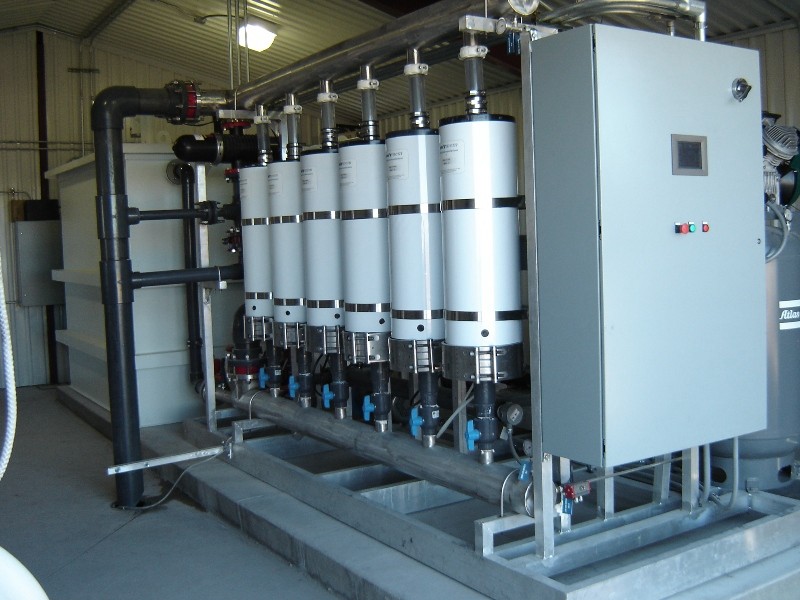8 Wastewater Treatment Process Steps & Stages

-
Unicare
- February 20, 2023
- 8:57 am
- No Comments
8 Wastewater Treatment Process Steps & Stages
Wastewater treatment is a process that involves various steps and stages to remove contaminants and pollutants from wastewater before it is released back into the environment. Here are eight common wastewater treatment process steps:

screening: The first stage involves the removal of large objects such as branches, leaves, and plastic materials from the wastewater. This process is called screening, and it helps prevent damage to downstream equipment.
Grit removal: After screening, the wastewater undergoes grit removal, where heavy and dense materials such as sand, gravel, and grit are removed. Grit removal prevents abrasion and damage to downstream equipment.
Primary sedimentation: In this stage, the wastewater is allowed to sit in large settlement tanks, which allows the heavier solids to settle to the bottom. The settled solids are then removed, and the remaining wastewater moves to the next stage.
Biological treatment: In this stage, microorganisms such as bacteria and protozoa are used to remove organic matter and other contaminants from the wastewater. The microorganisms break down the organic matter in the wastewater into simpler substances, such as carbon dioxide and water.
Secondary sedimentation: After biological treatment, the wastewater undergoes secondary sedimentation, where the remaining solids are allowed to settle out of the water. The settled solids are removed, and the remaining water moves to the next stage.
Filtration: The filtered wastewater undergoes filtration, where it is passed through layers of sand, gravel, and other materials. The filtration process removes any remaining impurities and particles from the wastewater.
Disinfection: In this stage, disinfectants such as chlorine or ultraviolet light are used to kill any remaining bacteria and pathogens in the wastewater. This step helps prevent the spread of disease when the treated water is discharged into the environment.
Sludge treatment: Finally, the solids removed from the wastewater in the primary and secondary sedimentation stages are treated separately. This sludge treatment process involves thickening, dewatering, and stabilization of the sludge, which can then be used for agricultural or other purposes, or disposed of safely
